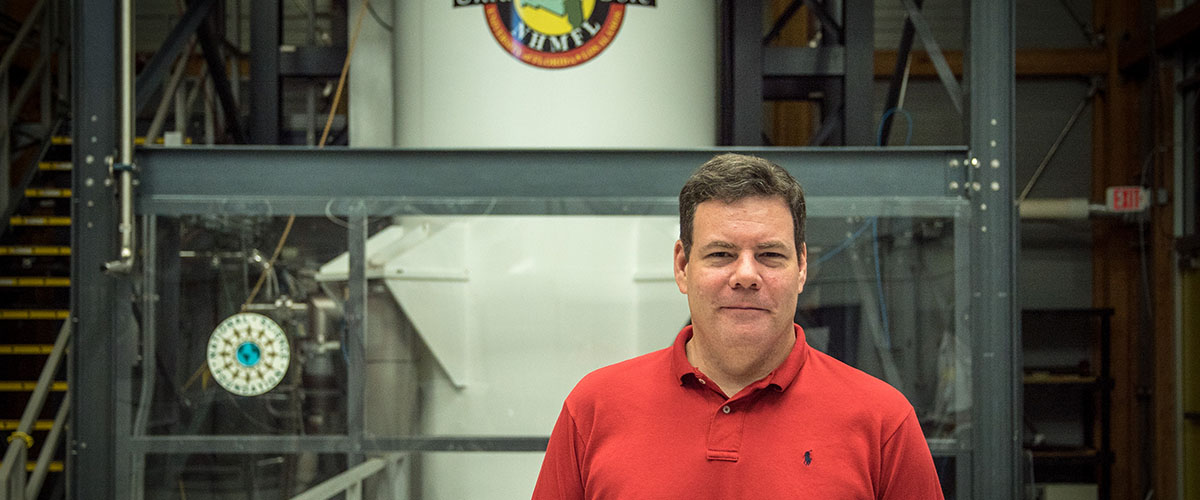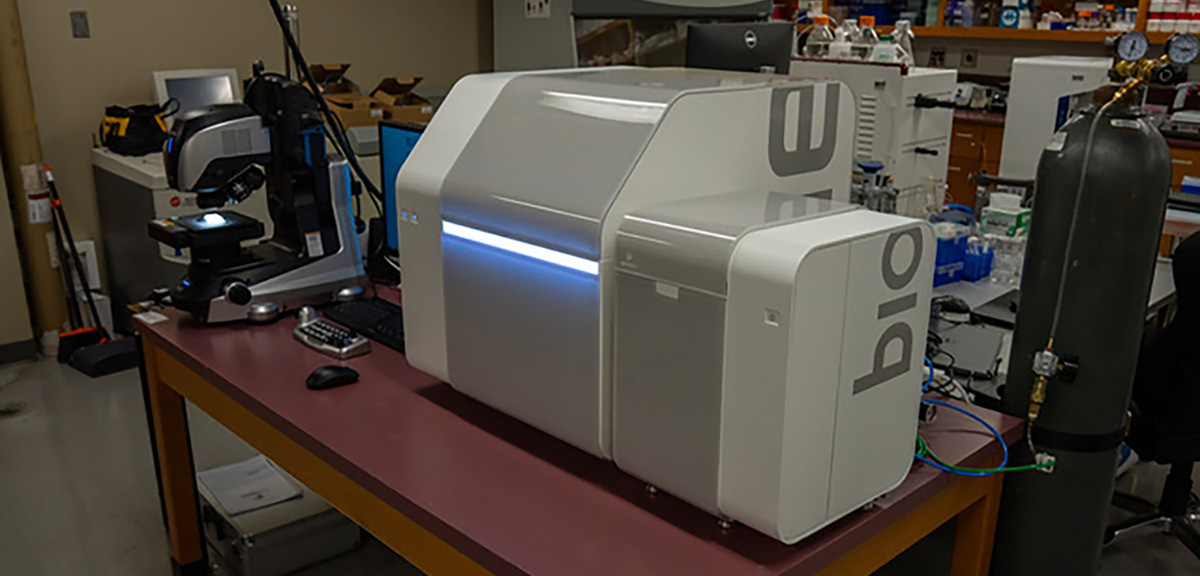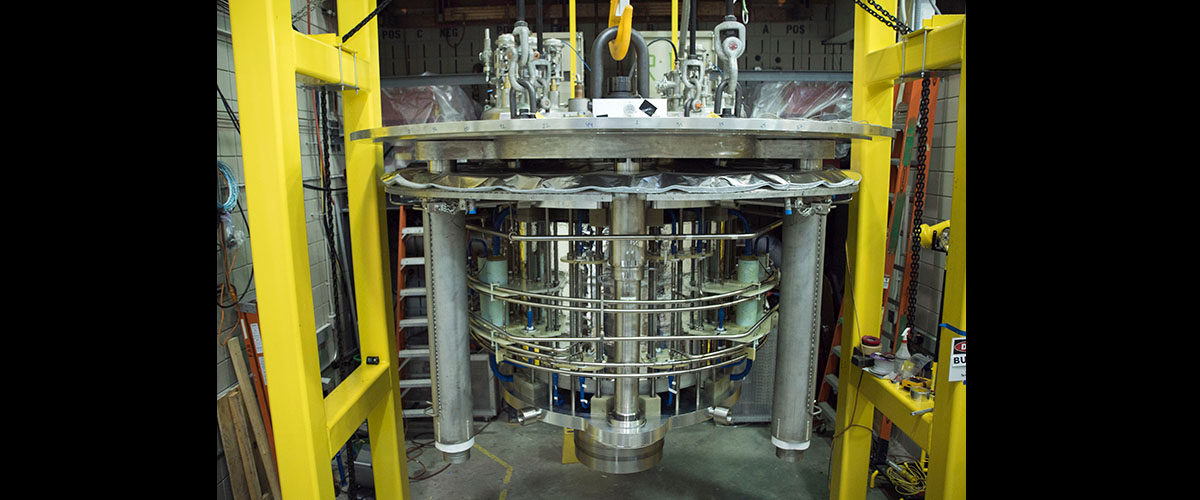Contact: Kathleen Haughney
TALLAHASSEE, Fla. — A National MagLab engineer and a team of researchers have found a link between migraines and how sodium is distributed through the brain, a finding that could be a key to future research on treatments for migraine sufferers.
Sam Grant, a MagLab researcher and associate professor in the FAMU-FSU College of Engineering, and Dr. Michael Harrington, director of neurosciences at Huntington Medical Research Institutes in California, have published a paper that describes how sodium distribution in the brain is disturbed in mammals even before pain or other migraine symptoms become visible.
The paper was published in the journal Pain.
"Migraines affect millions of people, and disproportionately women," Grant said. "Our work is an ongoing project to better understand them and then ultimately work toward improved treatment for migraine sufferers."
Grant and Harrington began collaborating a few years ago. Harrington often visited the National MagLab to conduct research and knew Grant from his visits.
Grant uses the MagLab's 900 MHz ultrawide-bore magnet — the strongest MRI magnet in the world for small animal research — to investigate how illnesses work. Harrington explained his suspicions about the role sodium played in migraines and the two agreed to collaborate.
Using the 900 MHz, they scanned rats' brains as they experienced migraines and noticed that there was increased sodium in the brain stem long before the rats showed any sign of having a migraine.
"The importance of these findings is that they further emphasize the role of sodium increase early in migraines and help point to the region where migraine symptoms may be starting," Harrington said.
The researchers plan to continue their collaboration and delve into evaluations of the brainstem and ventricular system and also see whether current treatments on the market affect the sodium distribution process.
About 12 percent of Americans experience migraines, according to the National Institutes of Health. Scientists have found that a number of different health scenarios seem to trigger migraines including anxiety, stress, exposure to light and hormonal changes.
Other MagLab staff contributing to this paper were research assistants Nastaren Abad and David Hike (who are also FAMU-FSU College of Engineering graduate students) and research faculty member Jens Rosenberg.
This study was funded by the National Institutes of Health.
Story by Kathleen Haughney, courtesy of FSU Communications






